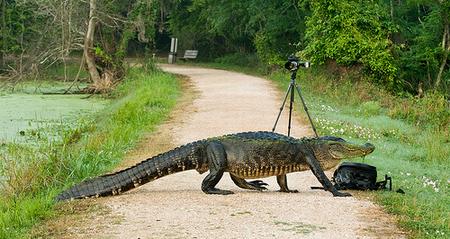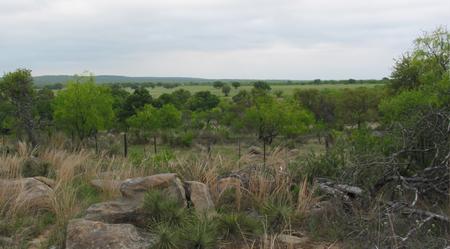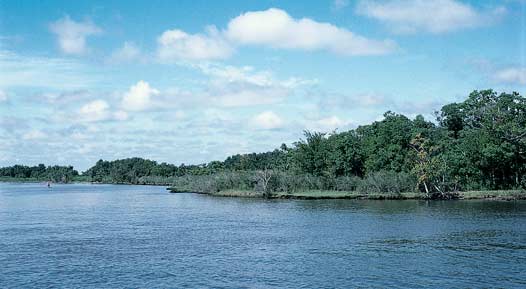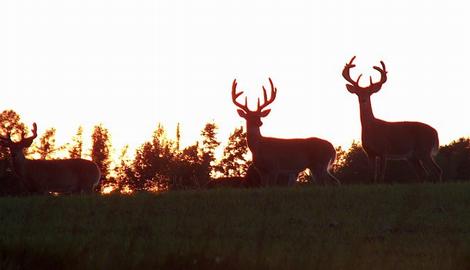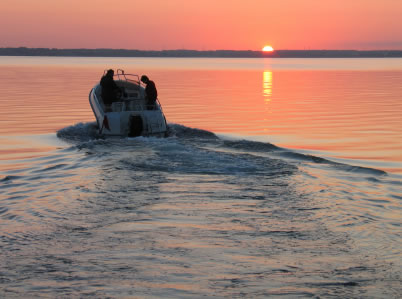
Boaters gearing up for summer fun on the water in Texas are reminded about the need for boat registration and boat and outboard motor titling. Also, Texas Parks and Wildlife Department has a new Web service that started in March which allows boat owners to renew online. Boat owners can now eliminate the drive and renew an existing boat registration listed in their name using a credit card online. They can also update their address and order additional ID cards when renewing online. This service is available to boats titled and registered through Texas Parks and Wildlife Department, but is not available to boats documented (titled) through the United States Coast Guard, as they must provide proof of current documentation for registration.
Boat owners can also register by providing all forms and supporting documents, any required application fees, and any boat/outboard motor taxes at TPWD headquarters in Austin or any of the 27 TPWD law enforcement (game warden) field offices throughout the state or at participating county Tax Assessor-Collector Offices. To find participating offices, check the TPWD Web site. Most boats are required by law to have current registration when on Texas public water, including vessels that are docked or moored. Texas registration is required for motorized boats of any length (including those with trolling motors), sailboats 14 feet in length or longer or sailboats with auxiliary engines, plus U.S. Coast Guard documented vessels. Continue reading Texas Boat Registration
